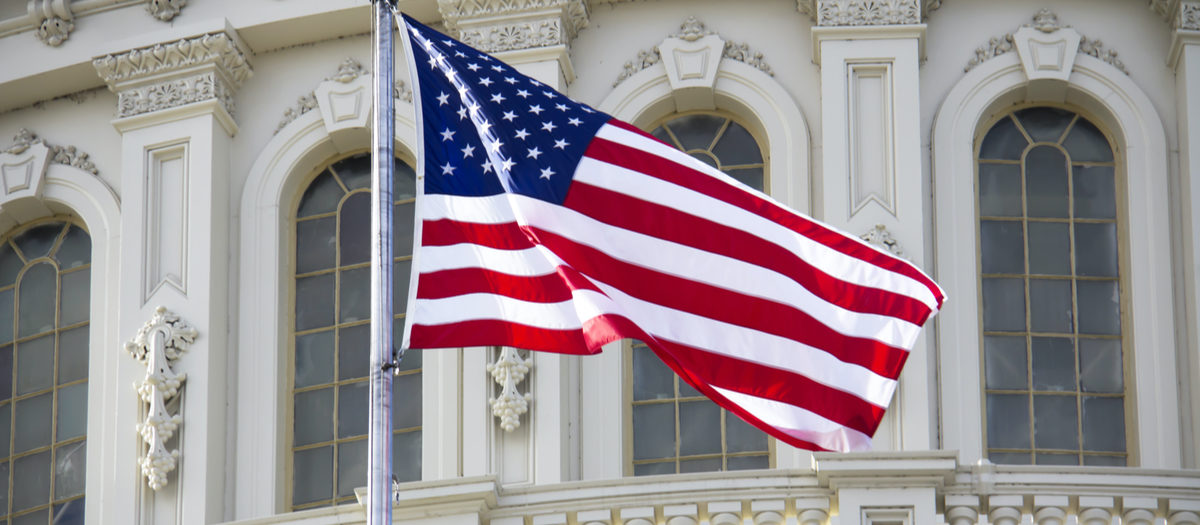
Prior Inconsistent Statement
According to D.C. Code § 14-102(b)(1), a statement is not hearsay if (1)the declarant testifies at trial and is subject to cross-examination concerning the statement and (2) the statement is inconsistent with the declarant’s testimony and was given under oath subject to the penalty of perjury at a trial, hearing, or other proceeding, or in a deposition. A statement introduced under this exception to the hearsay rule is considered “substantive evidence.” That is, it can be considered as affirmative proof of the matter asserted.
Prior inconsistent statements can also be used for simple impeachment. (Impeachment is the act of discrediting a witness, as by catching the witness in a lie or by demonstrating that the witness has been convicted of a criminal offense.). In cases of simple impeachment, however, the prior statement can only be used to attack the credibility of the witness. It cannot be used as affirmative proof of the statement’s contents.
In either case, the party seeking to introduce a prior inconsistent statement must confront the declaring party before introducing it. This gives the declaring party an opportunity to explain it.
In Lewis v. United States, the government confronted the complainant with his conflicting testimony before the grand jury when he testified at trial that he could remember having recognized the two robbers. The D.C. Court of Appeals found that the complainant’s grand jury testimony was admissible as non-hearsay because (1) the complainant was subject to cross-examination at trial and (2) his prior inconsistent statement to the grand jury was made under oath subject to penalty of perjury. Lewis v. United States, 996 A.2d 824 (D.C. 2010).
